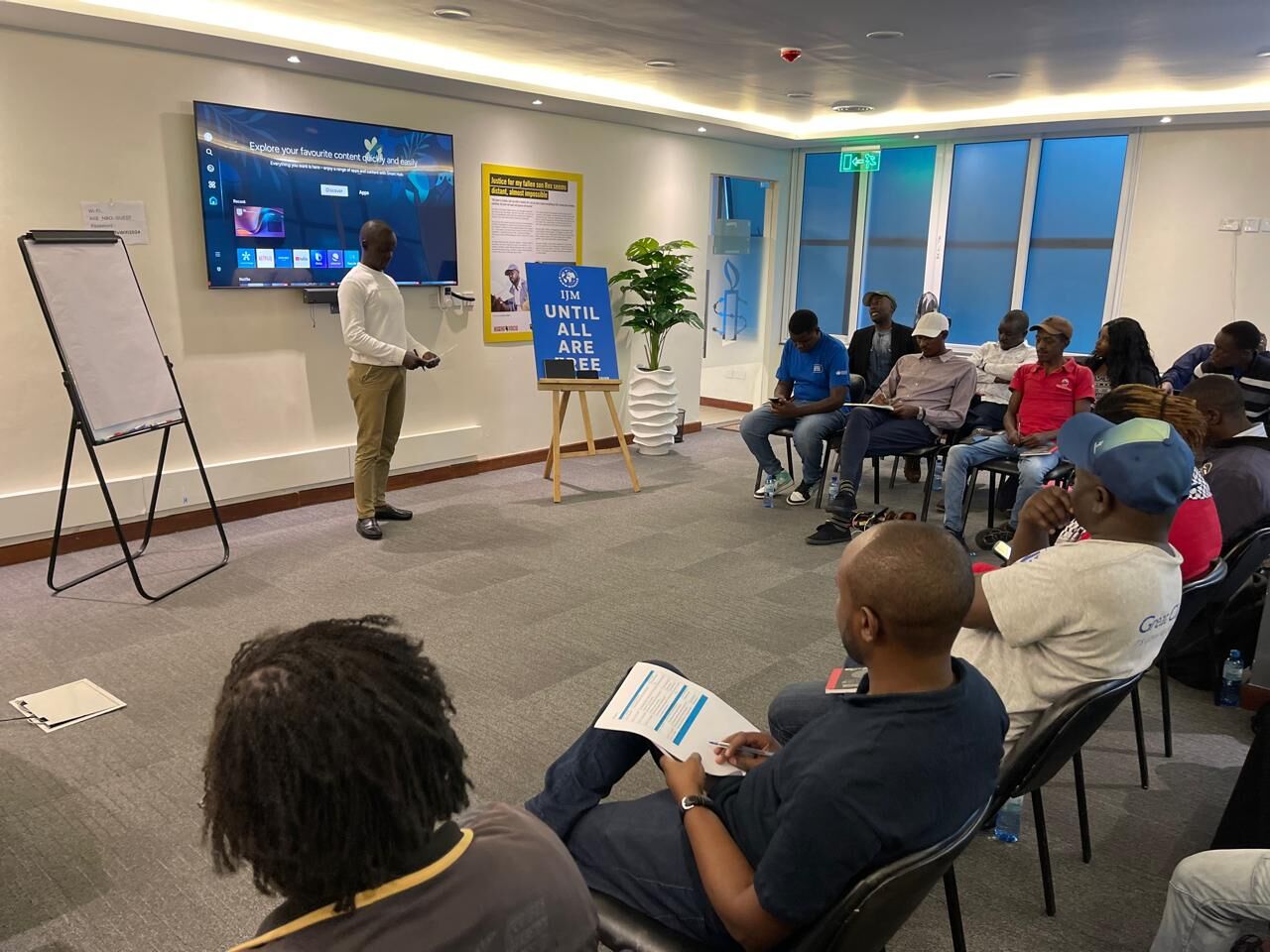Why Community Media Must Set the Tone in Strategic Messaging
Henix Obuchunju, the lead of strategic communications, spoke today during a conversation with community media in Nairobi. It focused on how journalists working in community media houses frame issues compared to their colleagues in mainstream media.
Stories such as the Kware killings, the Shakahola tragedy, and other events that have dominated national headlines but whose local impact and deeper context have often been overlooked or ignored by broader coverage.
He pointed out that while national media houses chase breaking updates and national statements, community journalists are often already present on the ground, engaging directly with people who witnessed what happened, people who continue to live with the aftermath, and people whose voices rarely make it into the national scripts.
The value that community journalists bring is not about matching the style or pace of national outlets but about maintaining a presence that is deeply grounded in place, in language, in memory, and in the social and political dynamics that shape how stories begin and unfold in specific neighbourhoods and counties.
These journalists understand how systems work or fail in the communities they report from. That knowledge is evident in the way they ask questions, the sources they consult, and the angles they choose to highlight when reporting on violence, neglect, or state failure.
Instead of trying to imitate national newsrooms, Henix emphasized the need for community journalists to sharpen their focus and hold tightly to the role they already play as the closest line between the people and those in power at the county and sub-county level.

